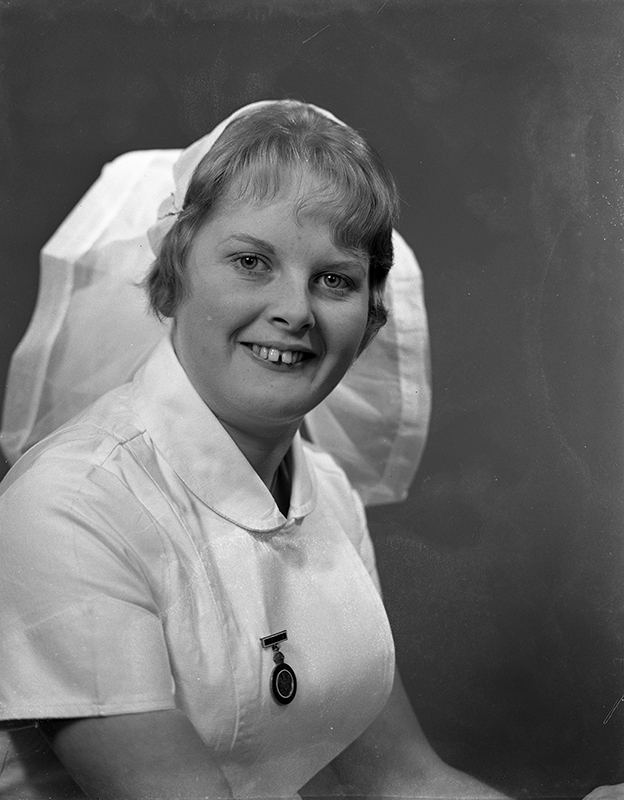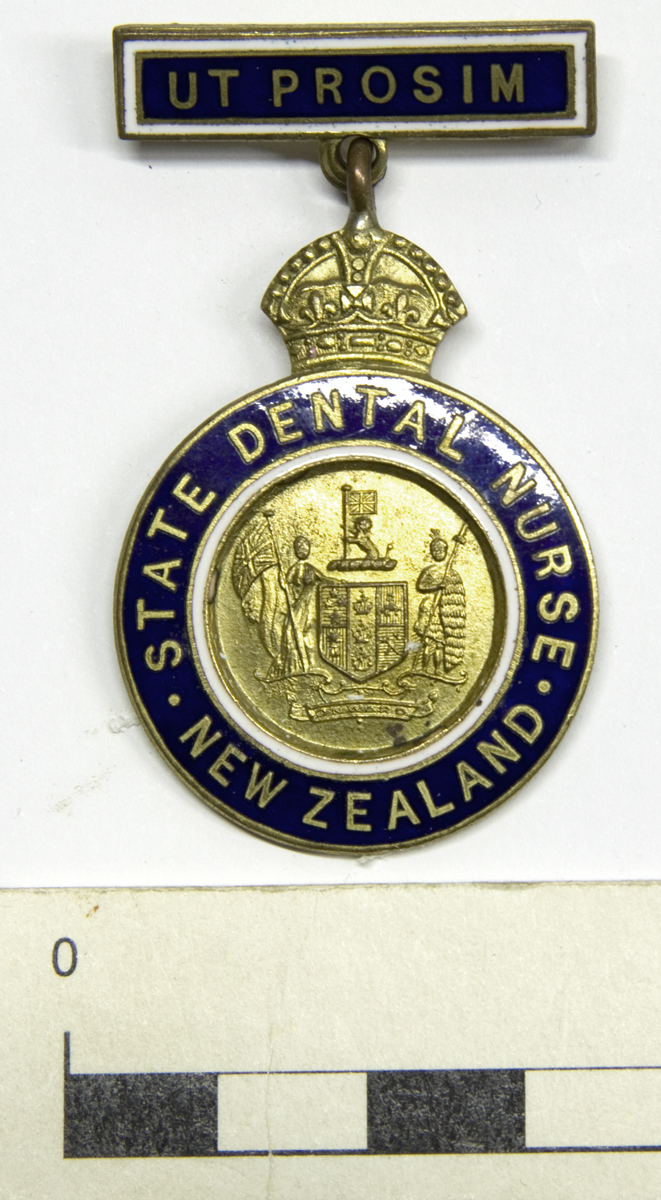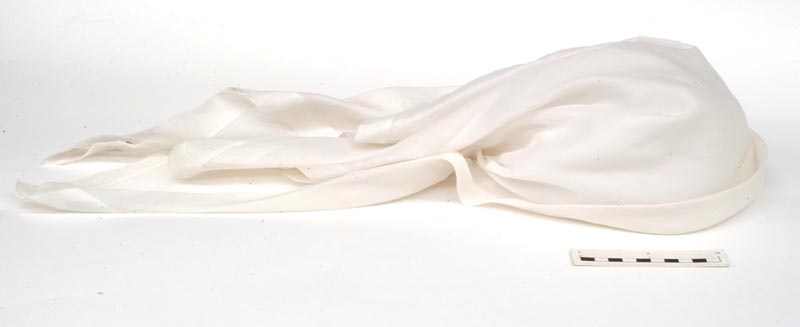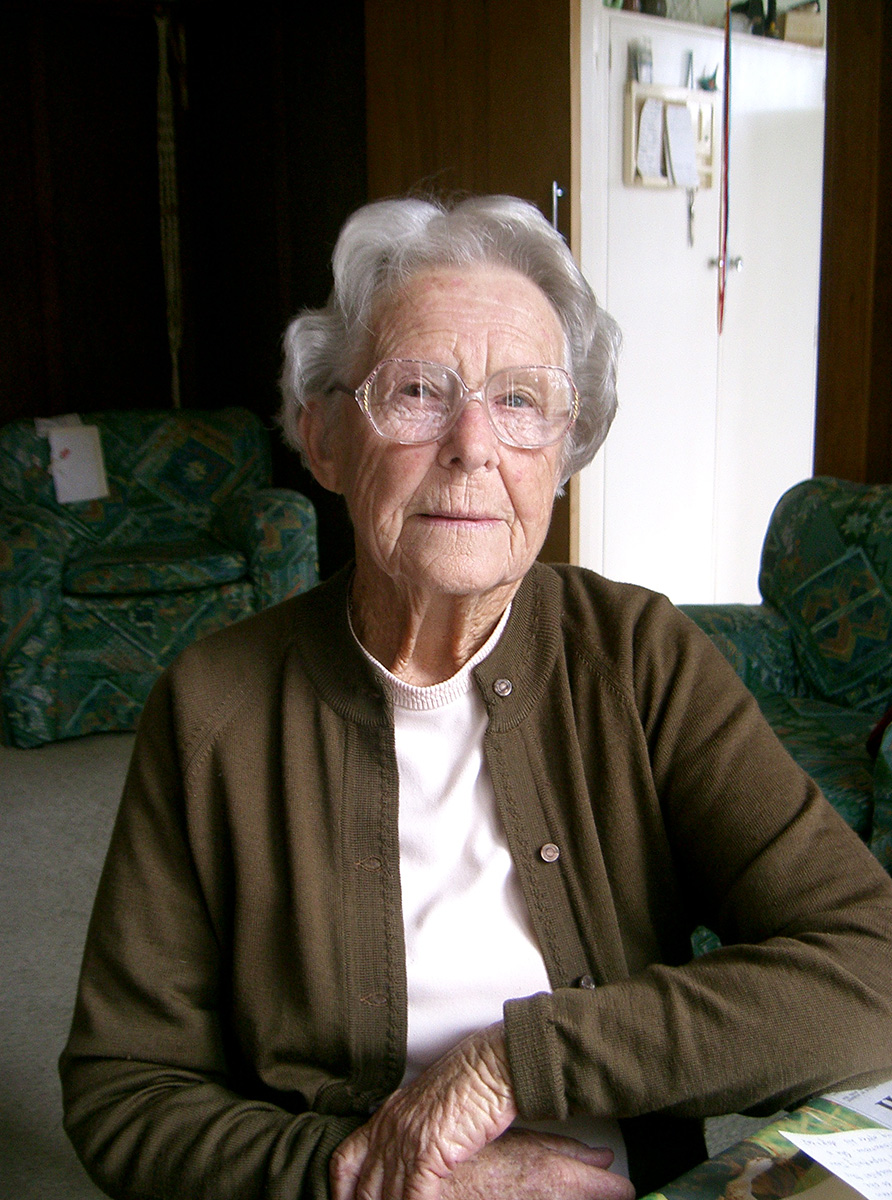




New Plymouth's Betty Hammonds got into dental nursing by chance. "I saw the ad in the paper, it said 'Only two exams', and thought 'Well that'll do me!' I applied and got in. Of course when I went down there, there were all sorts of tests!"
That was nearly 70 years ago, when 19-year-old Betty Garcia was looking for a career a little different to the norm. Dental nursing seemed right up her alley. "It was very selective. There weren't many careers for women in those days – nurses, teachers, and if you were bright you went off to university and did home science."
The school dental service had been set up in 1921 as an experiment in public health. A world first, the aim of the service was to send women into schools to do basic dental work and educate children and parents on tooth care and healthy living.
Hundreds applied, but in 1936 Betty was one of only 30 girls chosen to train as dental nurses. "We called ourselves the cream of New Zealand girlhood, because we were selected!"
The dental nurses started their two-year training at what was called the ‘Tomato House’, a prefab next to the Government Buildings in Wellington, before moving up to the former Prime Minister's residence in Tinakori Road. "It was lovely up there… We started off as a junior nurse with a blue veil – we were more or less the flushies – we cleaned the head rests and basins and set up the tables and sterilised the equipment for the senior nurses as well as attending lectures."
The young dental nurses learnt the 'ins and outs' of teeth by carving plaster cast moulds of the jaw, studying from the incisors to the molars. The next step was creating ‘dummy jaws’ inserting human teeth into plaster cast moulds to practice drilling on. "We used teeth dentists had extracted. I remember going around Wellington on the tram collecting all these gory teeth in a jar! We'd have to clean them up before we could use them."
The students had to pass tests before they could move onto real live patients – children from surrounding schools. "You had to build a rapport with the kids, chat away with them, reassure them.”
Back in those days the dental nurses had treadle machines to drill teeth. Pumping their feet on the treadle would turn the drill bit in the patient's tooth. "Most of us had worked on treadle sewing machines, so we were used to it. You learnt the rhythm to keep the drill going."
Unlike today, patients didn't receive a pain-numbing injection before they had their teeth drilled. "We only gave injections for a tooth extraction. You just put up with the pain of having a cavity drilled – it wasn't for long."
The students learnt how to heat little copper pellets in a spoon over a Bunsen burner until they melted. "We'd then screw it up in a piece of gauze so the mercury would come out on our hands." The copper fillings were a cheaper filling used on children's baby teeth. "We'd put the mercury in a little bottle as a special treat for the kids – we called them Silver Fairies – as a play thing. Of course today that would be frowned upon!"
For fillings in permanent teeth the dental nurses would weigh out silver amalgam and mercury on little scales before mixing them together in a mortar and pestle. "We thought nothing of handling the mercury with our bare hands – we didn't know any different."
Betty graduated from training school and went to work as a sole-charge dental nurse in Inglewood in 1939. Her job was to travel to outlying schools, checking children's teeth and sending them to see her at the central dental clinic in Inglewood if they needed treatment. She was expected to treat 500 children every six months. "It was a big challenge. I spent a lot of time on the phone asking the central clinic in New Plymouth how to do things!"
But her training had drummed into her the basics of tooth repair. "The cavity you made with the drill, the lining you put in, then the filling…" She says, mostly, children were very well behaved when they visited the dental clinic. "I think it was a lot to do with how I treated them. I only struck one unmanageable child. He just was not going to co-operate. So I just sent him back to class."
From Inglewood Betty moved south to Whanganui, operating from a mobile dental clinic that was towed from school-to-school. "I wanted to go to the South Island - but that's as far south as I got!"
But Whanganui was a good place for a young dental nurse. Schools were very welcoming, and even children seemed to like the new dental nurse. "It was interesting going around all those schools out the back of Whanganui: Brunswick, Maxwell… The mobile clinic was very good. Some dental nurses had to work on school stages, and in school halls, in corridors… those poor girls. These days they wouldn't be allowed to – it wasn't sterile enough – but they coped."
Betty was manpowered during World War Two – meaning she couldn't leave unless she had a very good reason. That reason came when she married in 1944 and her first child was due.
Please do not reproduce these images without permission from Puke Ariki.
Contact us for more information or you can order images online here.